What is the tolerance range of precision screws?
What is the tolerance range of precision screws?
Service Hotline
+86760-8787 8587We have more than ten years of experience in screw industry production, the main products are: cross head bolts, nut set combination, T-die platen screws, GB873 hollow core nails 304 stainless steel rivets, twelve angle flange nuts, thin head knurled nuts , non-standard meson, 10.9 grade screws, toothed nut, large round head flat head nut, U-shaped screw U-shaped screw, wave spring elastic washer, security copper stud, tooth bar connector screw link hexagonal nut column, external tooth lock Fasteners such as tight washers have different prices due to different product materials and specifications. Please contact us if you need them.


Blind rivets are a type of flying rivets for single-sided riveting, but they must be riveted manually, electrically, and automatically using special tools. This type of rivet is especially suitable for riveting occasions where it is inconvenient to use ordinary rivets and must be riveted from both sides, so it is widely used in construction, automobiles, ships, aircraft, machinery, electrical appliances, furniture and other products.
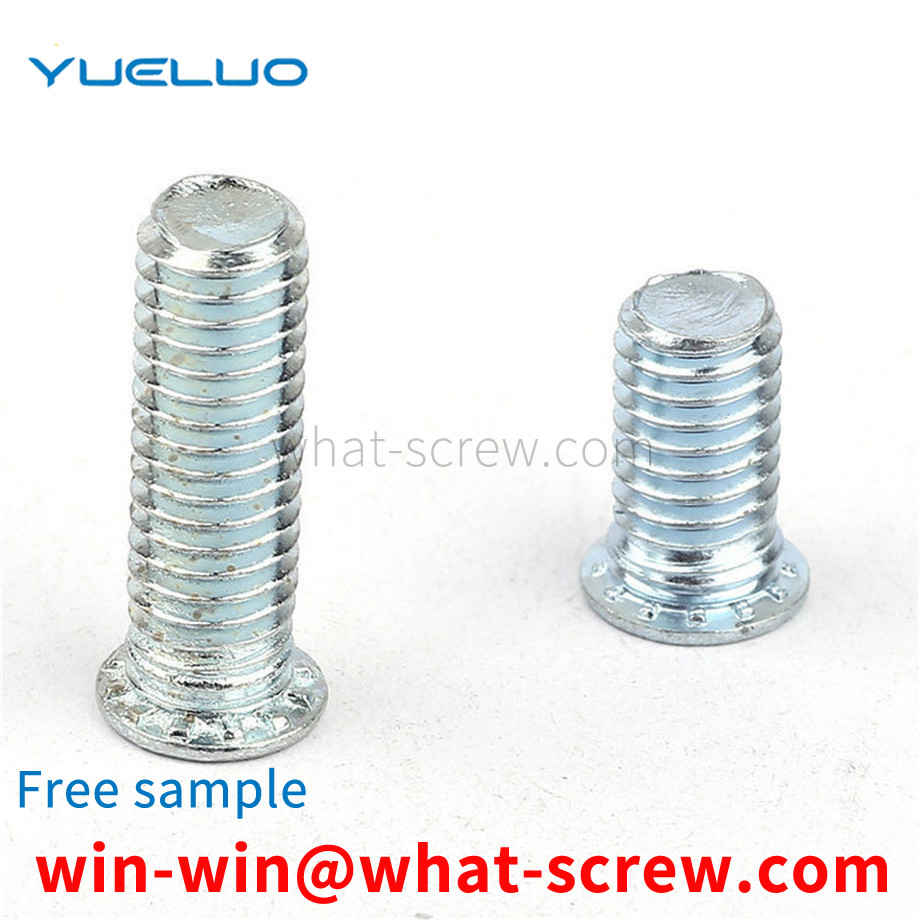
Specification label broadcast representation format: Thread specification d=M12, nominal length L=80mm, and performance level 4.8 equal-length stud bolts are completely marked as: GB 901 M12×80 [1] Product example: Stud studs are generally required After surface treatment, there are many types of bolt surface treatment, commonly used are electroplating, blackening, oxidation, phosphating, electroless zinc flake coating treatment, etc. However, electroplated fasteners account for a large proportion of the actual use of fasteners. Especially in automobiles, tractors, home appliances, instrumentation, aerospace, communications and other industries and fields are more widely used. However, for threaded fasteners, not only a certain anti-corrosion capability is required in use, but also the interchangeability of threads must be ensured, which can also be called screwability here. In order to meet the dual-use performance of anti-corrosion and interchangeability required by threaded fasteners in use, it is very necessary to formulate special plating standards.
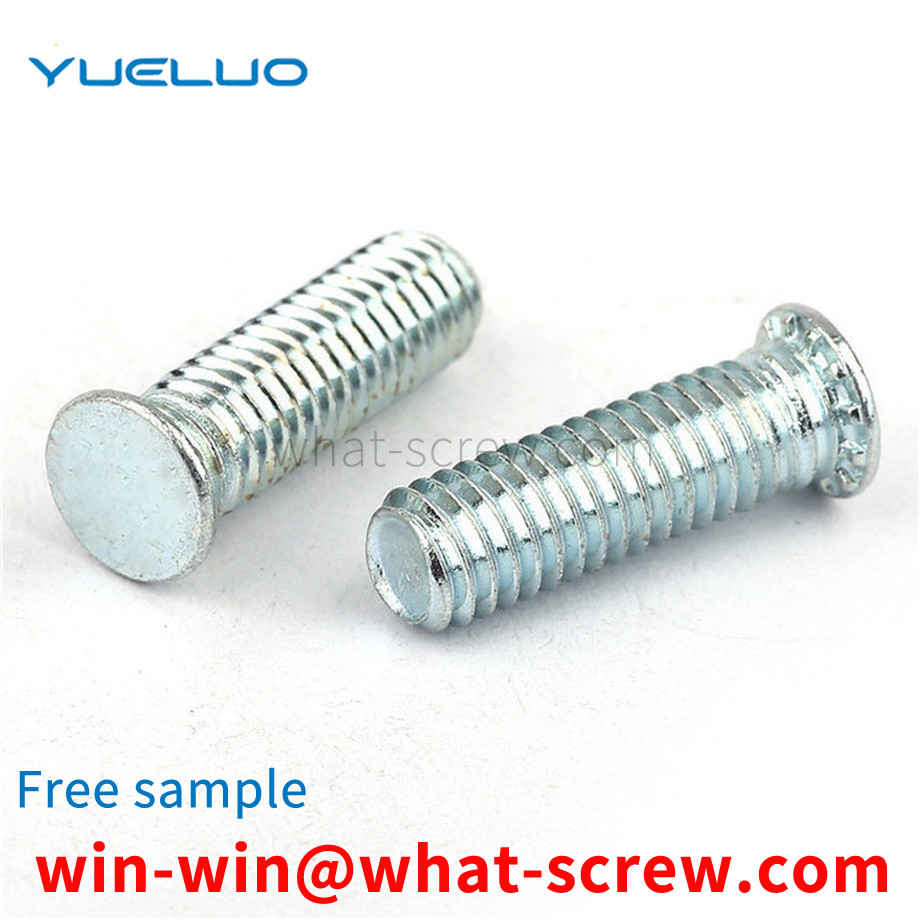
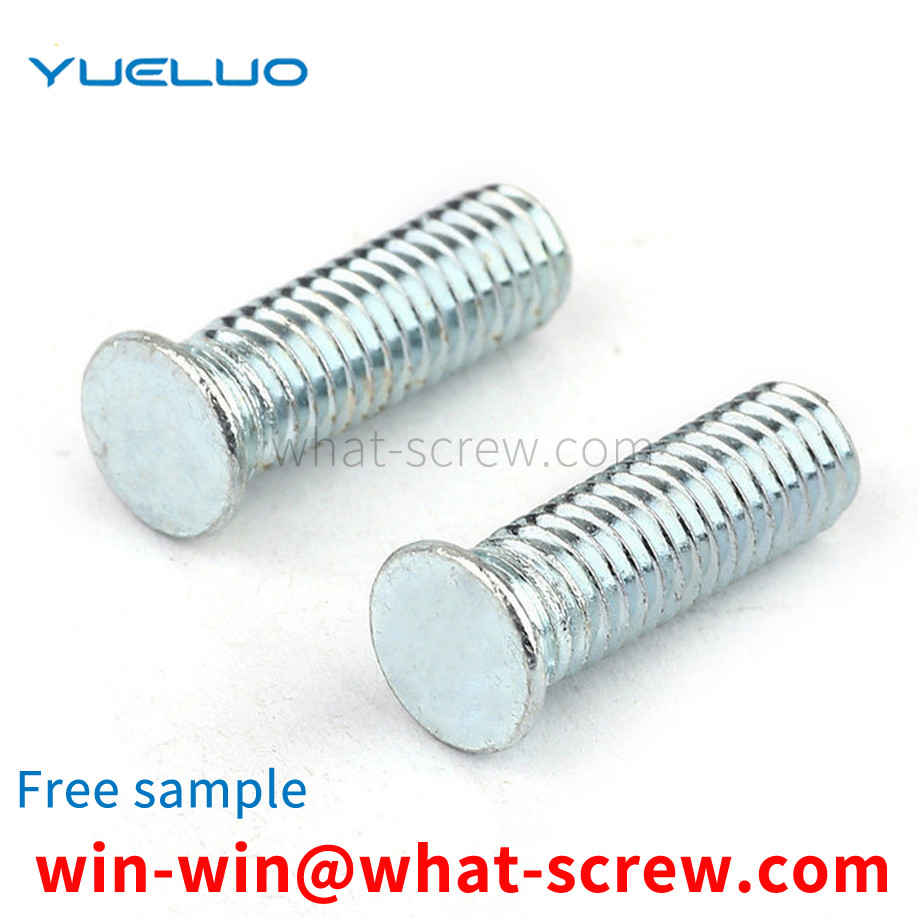
304L stainless steel cold pier line, 304 stainless steel cold pier line, 310 stainless steel cold pier line, 303 stainless steel cold pier line, 302 stainless steel cold pier line, 301 stainless steel cold pier line, 202 stainless steel cold pier line, 201 stainless steel cold pier line, 410 stainless steel Cold pier line, 420 stainless steel cold pier line, 430 stainless steel cold pier line, 316L stainless steel cold pier line: 316 stainless steel contains molybdenum and low carbon content, and its resistance to pitting corrosion in marine and chemical industry environments is much better than 304 Stainless steel! (316L low carbon, 316N nitrogen high strength and high strength, 316F stainless steel with high sulfur content, easy to cut stainless steel [1]. 304L stainless steel cold pier wire: as a low carbon 304 steel, in general, the corrosion resistance is the same as 304. Similar, but after welding or after stress relief, its resistance to grain boundary corrosion is excellent, and it can maintain good corrosion resistance without heat treatment. 304 stainless steel cold pier wire: has good corrosion resistance, heat resistance High temperature resistance, low temperature strength and mechanical properties, good thermal processability such as stamping and bending, no heat treatment hardening phenomenon. Uses: tableware, cabinets, boilers, auto parts, medical appliances, building materials, food industry (use temperature -196°C-700° C) 310 stainless steel cold pier wire: The main features are: high temperature resistance, generally used in boilers, automobile exhaust pipes. Other properties are average. 303 stainless steel cold pier wire: By adding a small amount of sulfur and phosphorus, it is easier to cut than 304, Other properties are similar to 304. 302 stainless steel cold pier wire: 302 stainless steel bar is widely used in auto parts, aviation, aerospace hardware tools, chemical industry. The details are as follows: handicrafts, bearings, slippery, medical equipment, electrical appliances, etc. Features: 302 stainless steel The ball is austenitic steel, which is close to 304, but the hardness of 302 is higher, HRC≤28, and has good rust and corrosion resistance. 301 stainless steel cold pier wire: good ductility, used for forming products. Machining makes it harden quickly. Good weldability. Wear resistance and fatigue strength are better than 304 stainless steel. 202 stainless steel cold pier wire: belongs to chromium-nickel-manganese austenitic stainless steel, and its performance is better than 201 stainless steel cold pier wire Shenzhen Global Stainless Steel Cold Pier Wire 201 Stainless Steel Cold Pier Wire: It belongs to chromium-nickel-manganese austenitic stainless steel, with low magnetic properties. 410 stainless steel cold pier wire: belongs to martensitic (high-strength chromium steel), with good wear resistance and corrosion resistance Poor performance. 420 stainless steel cold pier wire: cutting tool grade martensitic steel, similar to Brinell high chromium steel, the earliest stainless steel. It is also used for surgical knives and can be made very bright. 430 stainless steel cold pier wire: Ferritic stainless steel, decorative, e.g. for car accessories. Good formability, but poor temperature and corrosion resistance
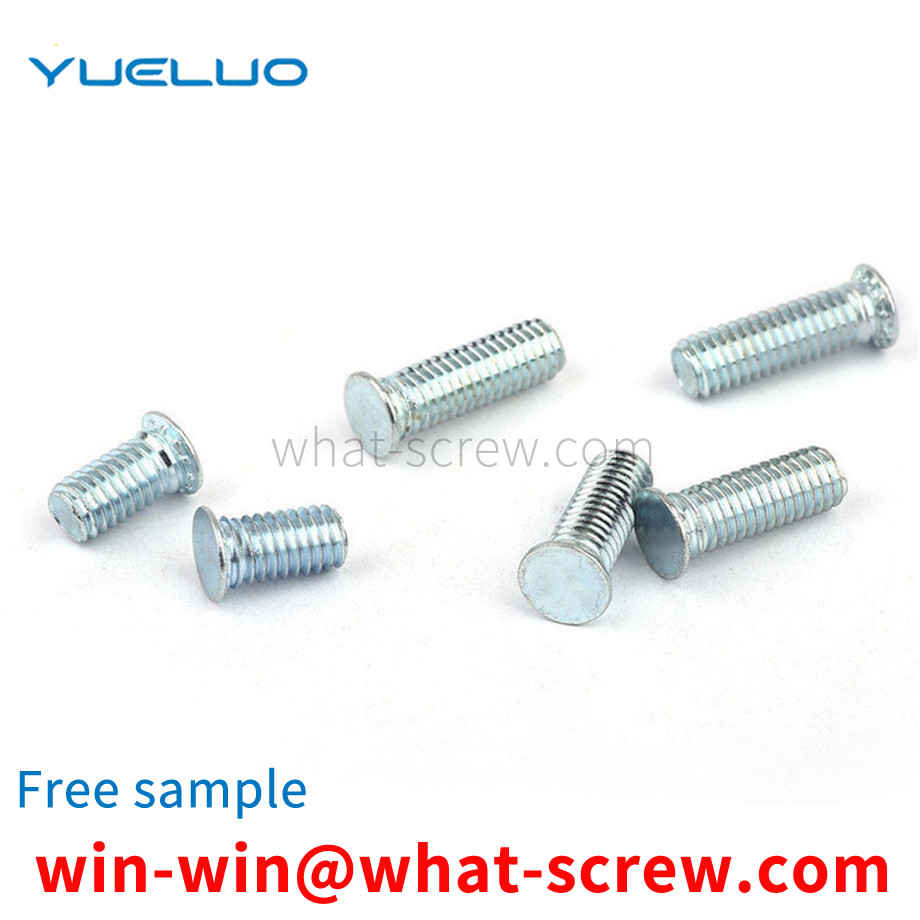
In order to solve the problem of poor waterproof performance of the existing rivets, Guangdong Yueluo Hardware Industry Co., Ltd. provides a waterproof rivet. By arranging a figure-eight waterproof part for waterproofing on the lower end surface of the waterproof cap, when the object is riveted, The waterproof cap is subjected to the pulling force of the rivet rod and the supporting force of the object. The pulling force and the supporting force cause the waterproof cap to generate stress, which in turn causes the waterproof part of the waterproof cap to be micro-deformed in the closest contact with the object, so as to achieve a good sealing effect.
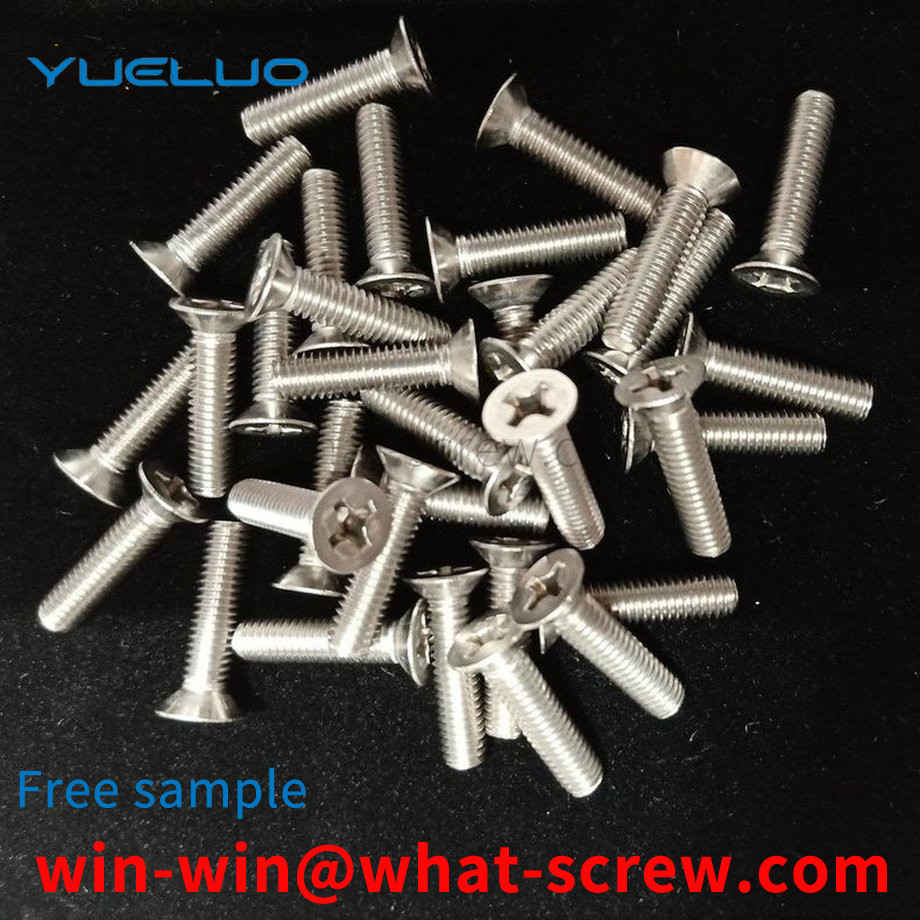
The above content is uploaded by Yueluo or the Internet. If there is any copyright issue, please contact [email protected].

What is the tolerance range of precision screws?

How to choose the right stainless steel screw manufacturer?

Why is there an R angle under the head of the hexagon head s...
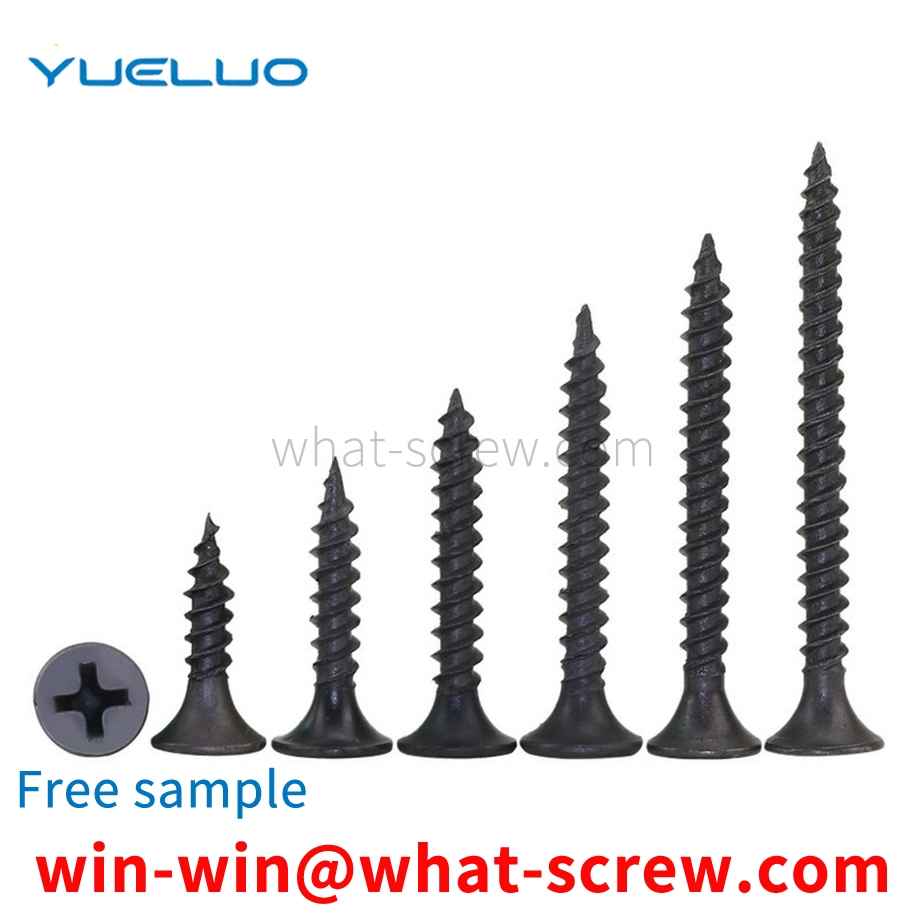
We have more than ten years of production experience in the ...
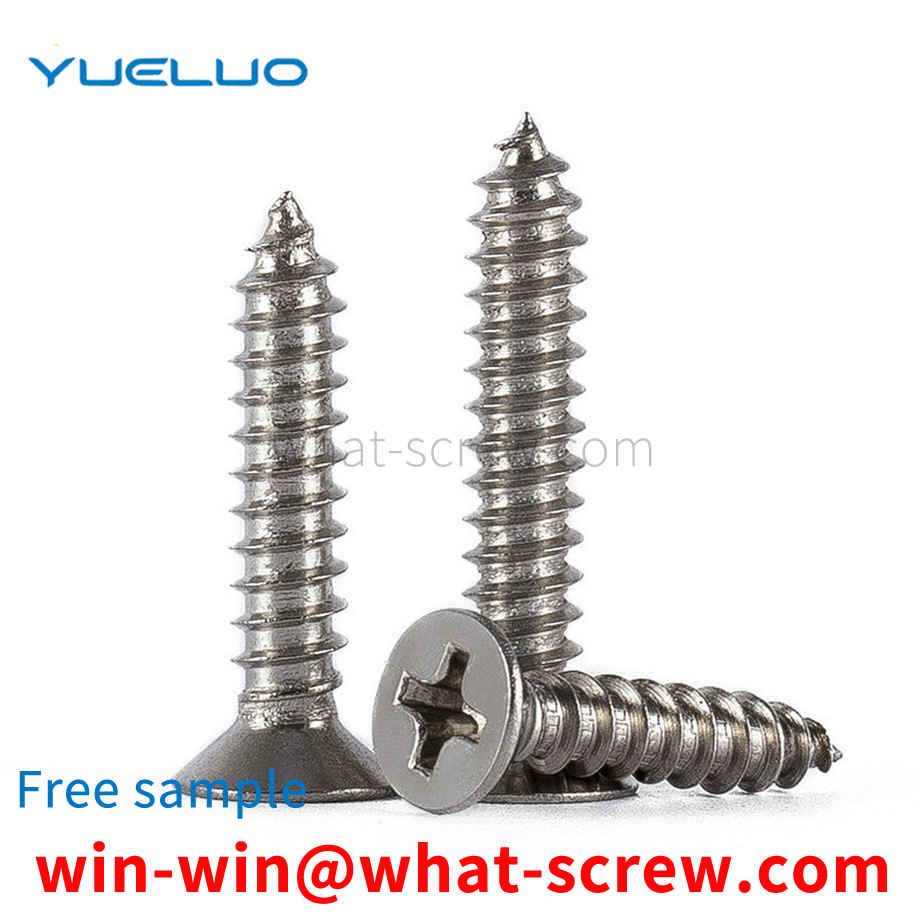
We have more than ten years of production experience in the ...

We have more than ten years of experience in screw industry ...

We have more than ten years of experience in screw industry ...